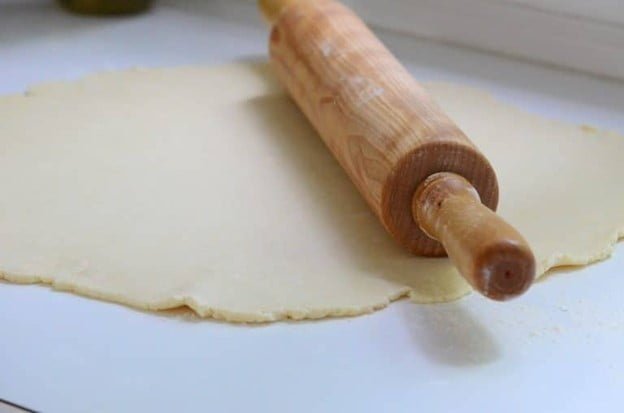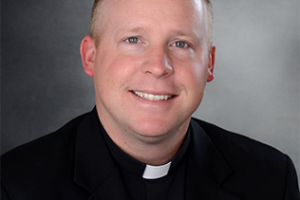
Of Relics and Rolling Pins
I have my Grandmother Sarah’s rolling pin. She died when I was a baby so I didn’t know her, but my mom inherited the rolling pin. I remember her rolling out pie dough and cookie dough on the kitchen counter when I was a kid. Cakes were made with a boxed mix, but pie dough was made from scratch. Later on when I got my own apartment in the mid 90’s and had my own kitchen, I got adventurous with all kinds of cooking. So at some point I borrowed the rolling pin because mom wasn’t using it much anymore. It’s been in my kitchen drawer ever since. When I bake I favor frozen pie dough these days. (Although I make cakes from scratch.) But the rolling pin still has its use. It gets in the way when I hunt for something in the kitchen drawer. And reminds me of happy times with my mom. And links me with her mom.
In these days between the feasts All Saints and Christ the King, when we especially remember our loved ones who have gone before us, it’s nice to have mementos (literally memories) from their lives with us. The church keeps the memory of the holy ones in much the same way, with mementos from their lives. A piece of their clothing, a possession, even a bit of bone. We call them relics, from the Latin for remains. And they are what remains of the saints here on earth, while they are enjoying the fulfillment of God’s Kingdom.
This weekend, as we at St Leonard celebrate the feast of our patron, we will have a relic of his with us. It has been in the parish for years and years. The tiny Latin inscription that is with it identifies it as caput, which means head. Which means it is a tiny bone fragment from St Leonard’s skull. It is a physical link with the human who so heroically preached in Northern Italy in the 1700’s that there is a church named for him on Zorn Avenue in the 21st century. And that links us to all who have been a part of this community down through the years.
Relics and mementos, memory in physical form.
-Fr Lou

